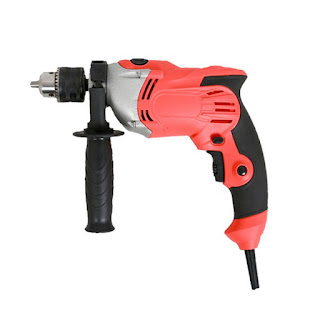What Is the Difference between Bone China and New Bone China?
Bone china
The basic process is to use animal bone charcoal, clay, feldspar and quartz as the basic raw materials, after high-temperature firing and low-temperature glaze firing twice to produce a porcelain. Bone china has two basic characteristics, one, a bone charcoal content of 36% or more (national standard), and two: it is made by a second firing (plain firing, glaze firing). According to the British standard for bone china, it contains 30% tricalcium phosphate from animal bones and the finished product is translucent before it can be called bone china.
New Bone China
Unlike bone china, the word china is not usually added to the name. By adding calcium oxide, a mineraliser with a similar composition to bone powder, to the traditional firing temperature, deformation, water absorption and translucency of porcelain, a new material is formed that is similar in appearance to bone china and better in quality than bone china. Thus, the astute manufacturers gave a name to the new bone china, called Pangong. Although it appears to have the whiteness and delicacy of bone china, the essence and material of bone china is worlds apart.
The history of bone china
Bone china was first produced in England and invented around 1800. The history of the invention of bone china is quite comical, starting with Thomas Frye (Thomas Frye) in the manufacturing process of accidentally mixed with animal bone powder, and later by Josiah Spode (Josiah Spode) to continue the research, but who was the first made of bone china is still inconclusive, the academic community is generally believed that the first successful production of bone china in England is Josiah Spode ( 1755-1827).
Josiah Spode Spode mixed calcined bone directly with porcelain clay and mineral melts to make a traditional hard porcelain material, which was successfully tested in the early 19th century. At the end of 1821, the ratio of bone ash to porcelain stone was "standardised" and at that time, it was considered that the best porcelain was produced from a blank containing 46% bone ash with feldspar as the fusing agent.
After long deliberation, in 1756, an Englishman added bone meal made from ground animal bones to the kaolin clay used for firing porcelain, surprisingly firing the porcelain like fat and jade. As this ingredient increased the hardness and translucency of the porcelain, and was stronger than normal porcelain, it could be thinner, more transparent and whiter than normal porcelain. This led to the creation of a new type of porcelain, bone china.
The emergence of bone china made a quantum leap in the quality of British ceramics, meeting the demands of British consumers who wanted not only strong but also elegant and beautiful porcelain, so bone china received great attention as soon as it was created, and the recipe for its production process was copied by the industry and spread. The Longton area of England became the first site for the production of bone china. At that time, there was a proliferation of workshops trying to produce bone china.
How to distinguish between bone china and new bone china?
1.The raw materials used are different. Bone china with more than 40% of the bone powder, new bone china without the addition of bone powder. Bone china because of the reasons for containing powder, the porcelain itself presents a natural milk white, in layman's terms, with a little yellow, this feature is any other porcelain can not be imitated.
2.Bone china using two firing, the new bone china using a firing.
3.Bone china is softer than new bone china whiteness, high transparency, porcelain is lighter, the appearance is far better than new bone china. Bone porcelain permeability although not exclusive to bone china, the market shell porcelain, white porcelain, pearl porcelain as long as you do some thin, there is also permeability, but there is a difference between bone china and their permeability, for customers, put bone china under the light bulb to see, bone powder content of high-grade bone china is the overall permeability, bone powder content of low bone china and other porcelain types in the permeability effect is a clear difference.
4.When two high-grade bone china products are gently clashed together, the sound is as pleasant as the sound of wind chimes, and there will be a few seconds of echo, while other porcelain types basically do not.
Crafted in elegance, the 20-piece new bone china dinner set in green colour leaf brings versatile style to your table setting. With a simple design, this dinnerware set enhances any occasion from family dinners to fine dining.
Huiyu Trading Co., Ltd. is a professional exporter specializing in porcelain and ceramics and has over twenty years experiences in this field.Our main products are Fine bone china, porcelain products, Stoneware, New bone china and thermal glass items. If you want to get more information about restaurant crockery dish set, please contact us.


评论
发表评论